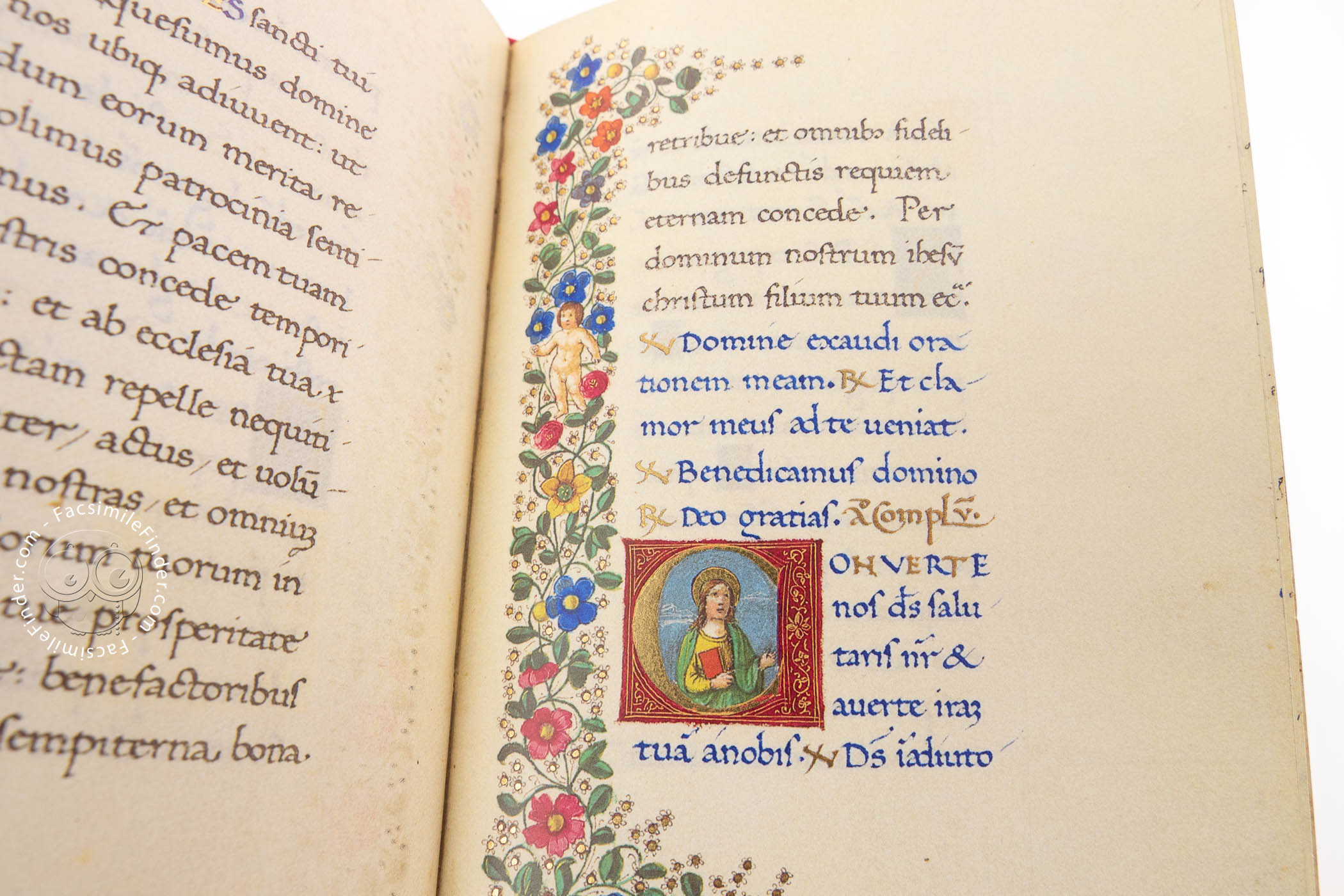
The RFID system can be described as a fusion of different modern technologies from several areas: monolithic integrated circuits identification technology coding and modulation (Mujahid & Najam-ul-islam, 201 7 ) cryptography, providing the secure mutual authentication between reader and tag (Paret, 2008 El Hamraoui et al., 2016) and wireless transmission RFID technology operates in the LF band (125–134 kHz), the HF band (13.56 MHz), the Ultra-high frequency (UHF) band (860–960 MHz) and the microwave band (2.45 GHz and 5.8 GHz), the last of which uses the antenna’s far field electromagnetic properties and enables interrogations over a long reading range (Foster & Bueberry, 1999). The basic block diagram of an RFID system is illustrated in Figure 1. The RFID reader acts as an interrogator equipped with an antenna that sends a radio frequency interrogation signal and receives the backscattered signal containing the data stored in the tag, which is composed of an integrated circuit chip connected to an antenna. The RFID system generally consists of two elements: the tag and the reader. 90 MHz centredĪt 2.45 GHz, which shows that the proposed antenna is a good candidate for implementationĪntenna Dual-frequency operation L-shaped slot Microstrip fed RFID (Radio Frequency Identification) Slot antennaĭuring the last few years, radio frequency identification (RFID) applications have been growing significantly in many fields, such as medicine, supply chain, intelligent trace, shop security and particularly in the area of electronic article surveillance, in which it has become one of the most important techniques (Brown, 2007 Finkenzeller, 2010 Poespawati & Nugroho, 2016). 28 MHz centred at 0.868 GHz and of approx. The creation of a prototype of the proposed optimal antennaĪllowed validation of the dual operating bands with -10 dB return-lossīandwidths of approx. Substrate with dielectric permittivity constant 4.4, thickness 1.6 mm and loss


The proposedĪntenna has overall dimensions of 47×46 mm 2 and is mounted on an FR4

Matching input impedance at the desired operating frequencies. Out using the two commercial software packages CST Microwave StudioĮlectromagnetic and ADS, show stable radiation pattern performances and good Simultaneously (UHF and microwave) and has a miniaturized size designed to beĮasily integrated into portable RFID readers. Of operating in the two radio frequency identification (RFID) frequency bands Microstrip antenna with embedded slots on a rectangular radiator.


 0 kommentar(er)
0 kommentar(er)
